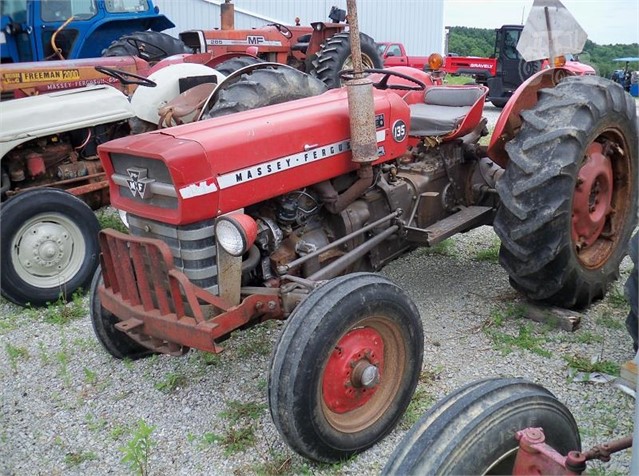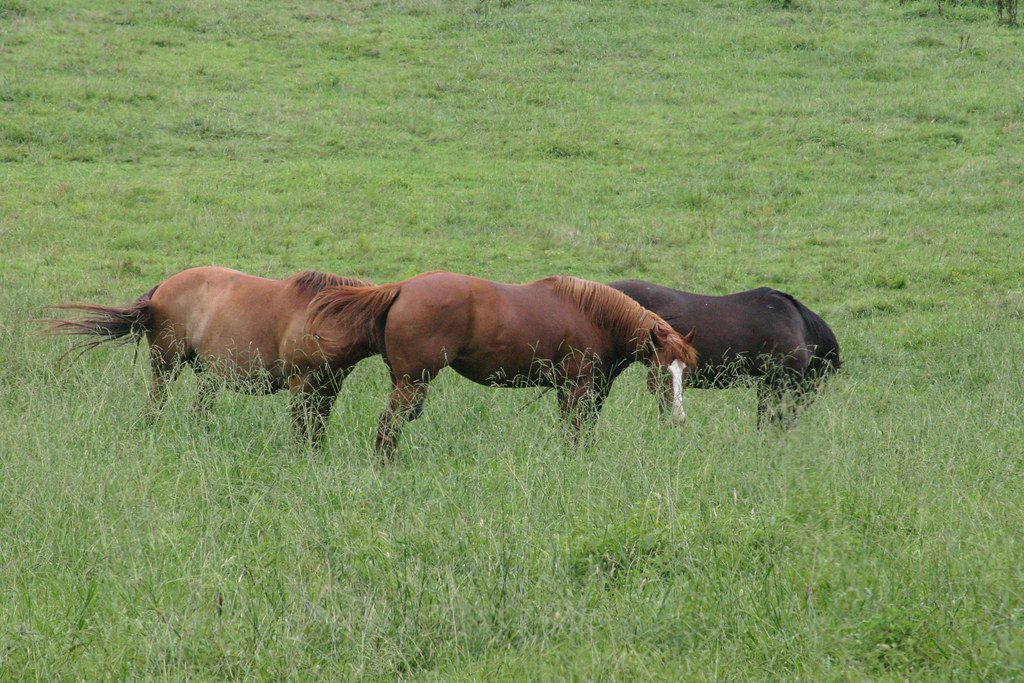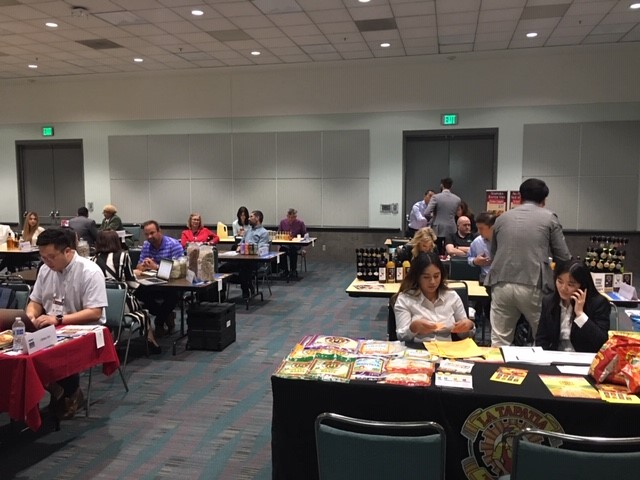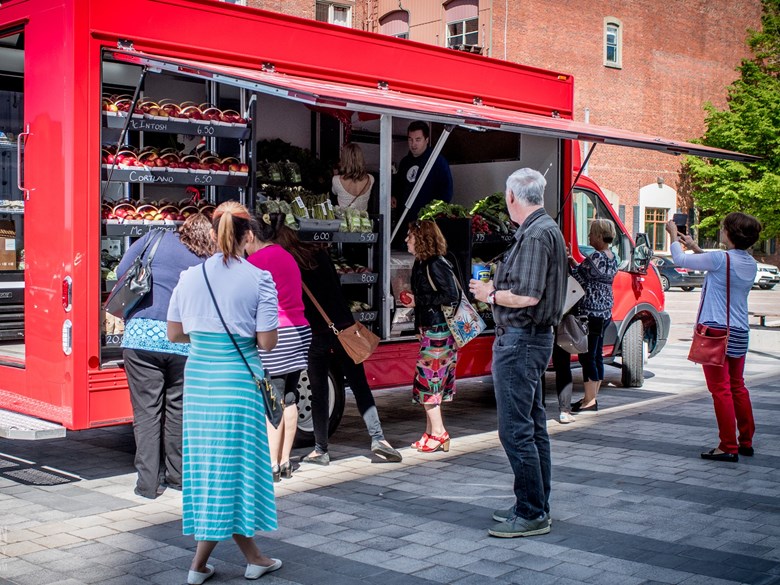Op-ed by Kerry Tucker and Teresa Siles
Pressure to address sustainability and nutrition under a common framework is picking up steam as global stakeholders grapple with what it will take to sustainably produce enough food for healthy eating patterns given global population projections 30 years out.
This move toward sustainable nutrition emerged as a priority trend in the 2019 Food Foresight report amid calls for agriculture to improve production practices across an array of issues from water conservation and soil health, to farm labor conditions, treatment of livestock and GHG emissions.
Critics claim the current food system needs an overhaul and although they are quick to acknowledge the lack of easy sustainable solutions, the shift to more plant-based foods and limiting animal-sourced foods are often cited as the low-hanging fruit to begin balancing nutrition and sustainability.
“The old metaphor ‘you are what you eat,’ is on a new course of ‘you and your planet are what you eat,’ ”said Jeff Dlott, a long time Food Foresight panelist and president of SureHarvest, which helps food and agricultural partners define, measure and meet their sustainability goals.
The questions around sustainability and nutrition are often different in countries like the U.S. than those posed on a global scale. In the U.S., we tend to talk about sustainable nutrition from a perspective of affluence where questions center around whether consumers will pay for foods grown more sustainably. Often through a different lens, we then look at health, nutrition and the growing prevalence of non-communicable diseases, such as diabetes and heart disease, related to unhealthy diets. At the same time, global hunger and undernutrition persist and there are high demands for foods rich in essential nutrients.
Policymakers in countries around the world are formalizing dietary guidelines to include sustainability considerations. As a result, some in nutrition sciences are concerned about the nutritional risks of limiting nutrient-dense foods, like milk and dairy foods, from vulnerable populations who need them most.
“Encouraging consumption of plant-based foods, lean animal-protein sources and nutrient-dense milk and dairy foods can help close the nutrient gap that exists with people all over the world,” says Carl Keen, nutrition professor at University of California, Davis and founding Food Foresight panelist.
Thecorporate sector – with names like Nestle USA, Mars Inc and Danone North America to name a few – is doubling down on sustainability programs, often based on the United Nations Sustainability Development Goals. Industry groups also have sustainability at the top of their priorities list. The Almond Board of California, Dairy Cares, National Dairy Council, US Roundtable for Sustainable Beef and the Sustainable Agriculture Initiative Platform are just a few examples. Farmers and ranchers are also investing in best practices and tools like precision agriculture and evolving technologies to do more with less.
In California, under the leadership of Karen Ross, California Department of Food and Agriculture secretary, the Climate Smart Agriculture program is incentivizing the transformation of current production practices.
“We have a tremendous opportunity to demonstrate the critical role our natural lands, forests and farms and ranches can play in drawing down carbon while providing food, fiber and timber, and enhancing biodiversity and open space for recreation and tourism,” said Ross.
While substantial efforts are underway by many in agriculture to look holistically at both nutrition and sustainability, more work is yet to be done. The wise would do more than take note, they would take action. First and foremost, every grower, processor or producer of agriculture must understand the impact of their products on environmental, economic and social sustainability. From there, efforts should be taken to feed a growing population healthfully and without putting our natural resources at further risk and negatively impacting climate change and the environment. Innovative thinking, processes, technologies and multi-sector collaboration will be tools of the trade. Solutions lie with next-generation agricultural systems that align with people, planet, and society. The reward is great with impacts not only to companies, brands, customers and consumers, but to society at large, including a brighter, healthier and more sustainable future for all.
Kerry Tucker is the founder of Food Foresight, a trends intelligence collaboration between Nuffer, Smith, Tucker and the California Institute of Agricultural Research at University of California, Davis. Teresa Siles is co-author of Food Foresight and managing director at Nuffer, Smith, Tucker Inc., a strategic planning and public relations firm headquartered in San Diego.








